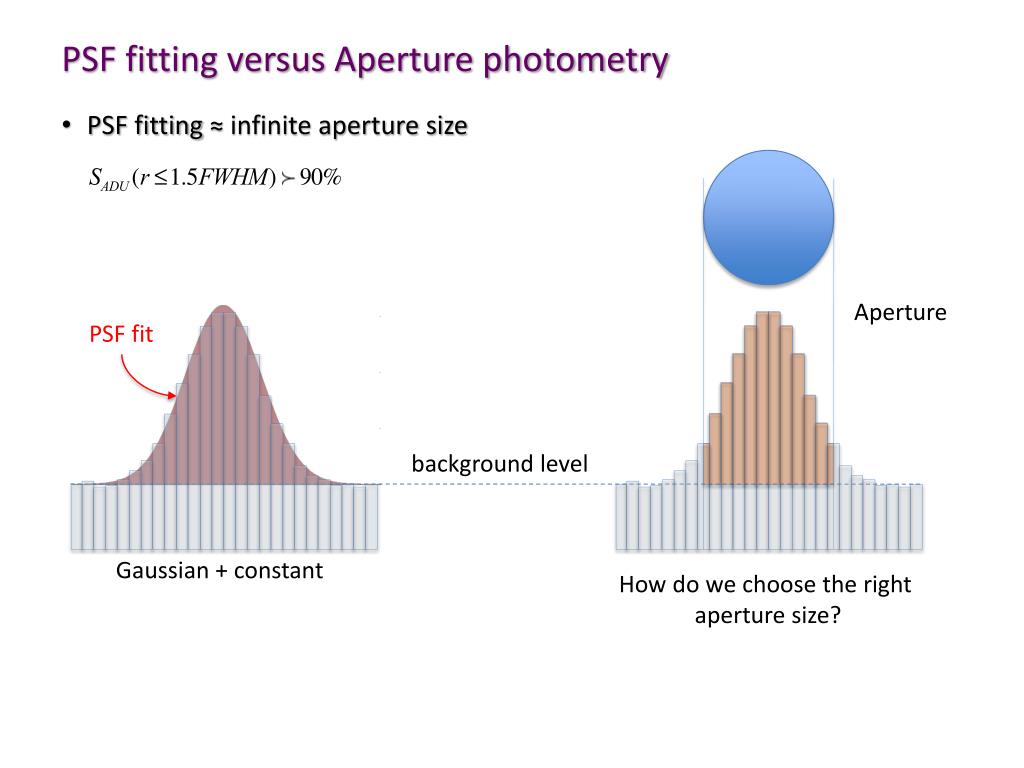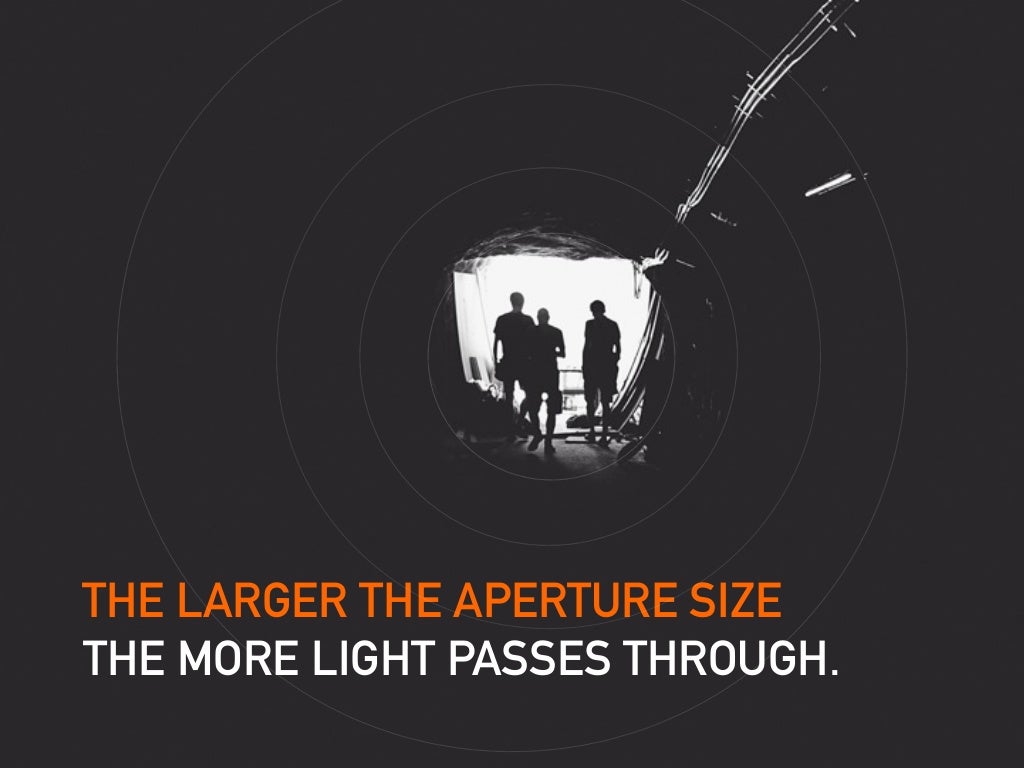

This means that the maximum aperture will vary depending on the zoom range you are using. While prime lenses have a set maximum aperture, some zoom lenses have a variable maximum aperture. Having a lens with a wide aperture will give you more flexibility but it comes at a cost. This is because a wide aperture has a larger opening hole, thus it lets more light in. When browsing for a lens, photographers generally pay attention to the maximum aperture the lens can open up to as it gives an indication of the faster shutter speeds available for the lens to be able to perform in low light scenarios. Photographers might also refer to choosing a wider aperture as ‘opening up’ the lens. So, when considering a wide aperture, we are referring to apertures that open as wide as f/1.2 – f/2.8.

The same applies to aperture in photography, where f/2 will create a wider or larger aperture than f/16. The confusion appears because we naturally assume that a ‘large aperture’ will be equal to a larger number.Īn easier way to think about this is to think in fractions. It might appear confusing and it still causes bewilderment amongst photographers at times, that using wide (or large) aperture actually means using a small number, such as f/2.
#A2 SMALL VS BIG APERTURE HOW TO#

It functions in the same way our eyes do. The larger the opening, the more light that will get in. Similarly, the smaller the opening, the less light that will be let in. The aperture that you set impacts the size of that hole. Light then hits the sensor before the shutter mechanism closes again. When you press your shutter to take a photo, the shutter mechanism opens to let the light in. In photography, this term relates to the opening of a lens. The literal meaning of aperture in optics is ‘a hole through which light travels’. See also: 11 Tips to Help You Capture Stunning Landscape Photographs.


 0 kommentar(er)
0 kommentar(er)
